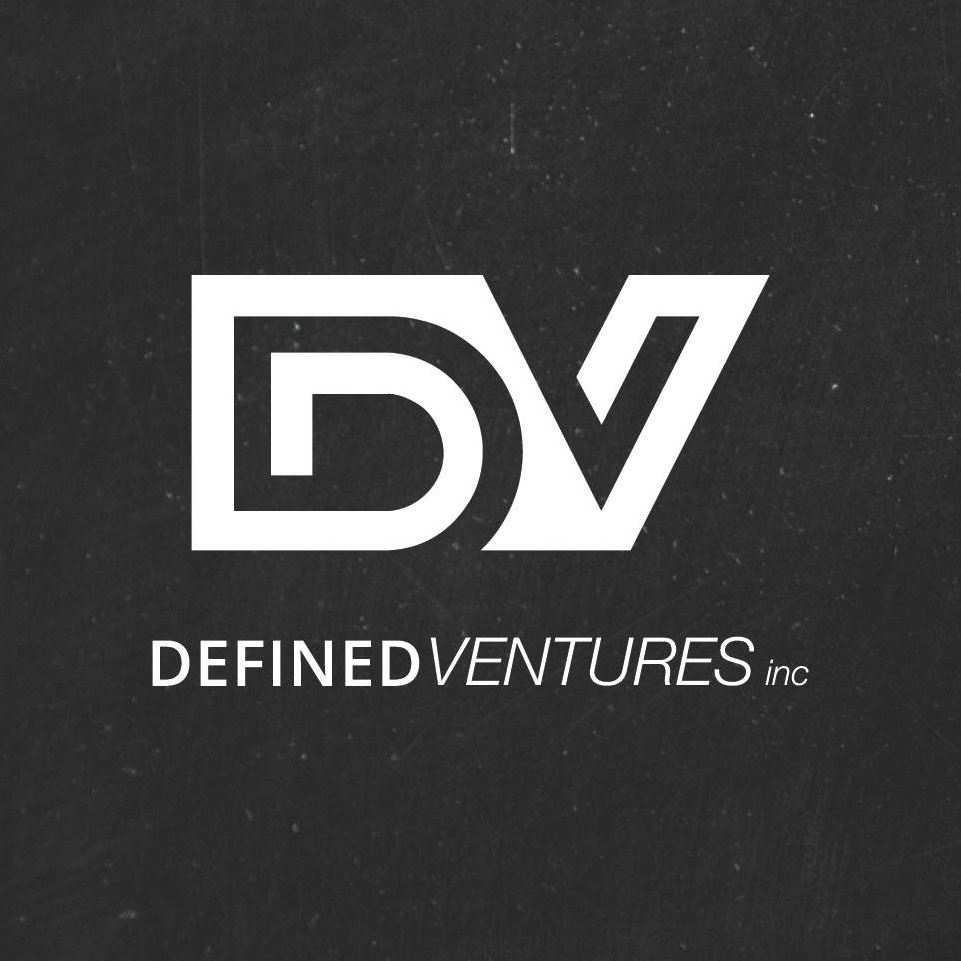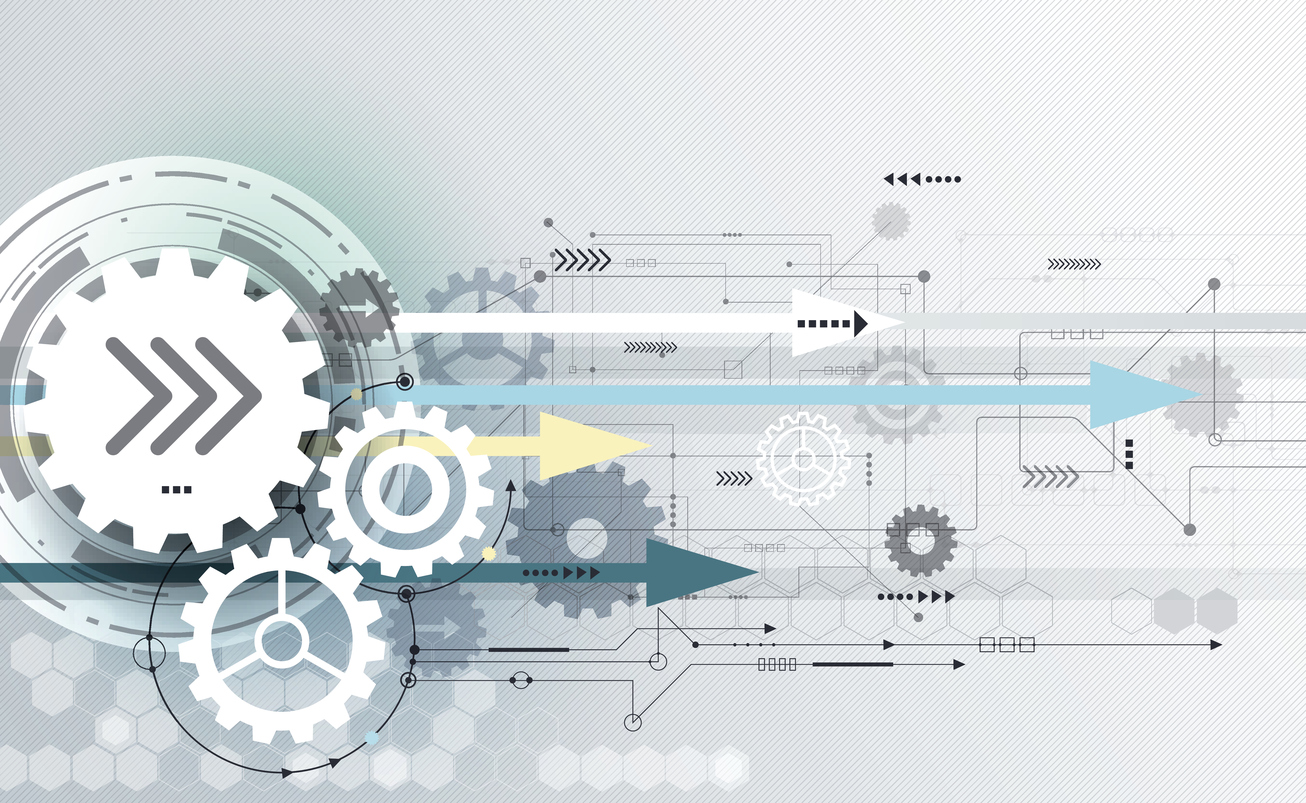What is workflow? You may have heard the term ‘workflow’ used in several different applications without knowing exactly what it means. In the realm of project management tools, workflow refers to the steps that your business takes as a project moves through the process.
From client acquisition to the final stage (and beyond), it’s important to know exactly what your particular workflow is, so your team and clients can expect a consistent process. Workflow takes into account all departments, from accounting to employee management to customer service and marketing.
When designing workflow, a Workflow Architect will dive deep into your current process, interview employees, analyze client interactions, and more, to optimize your processes. With a consistent workflow, employees have a clear understanding of their role in the process, as well as their tasks and communication. Workflow is analyzed at both a high level and an employee level to ensure that everything is taken into account before making any procedural changes or position analyzation.
Why Does Workflow Matter?
Even if you’re not using the term ‘workflow’, you probably have a good idea of how your business is currently operating. Many times, especially with growing businesses, a workflow that worked previously when the company was smaller may not be working any more. This is commonly seen in start-ups, which often experience heavy growth in a short amount of time.
Reassessing workflow ensures that your current processes are the most efficient from all angles: for high-level, managerial, employee, and customer levels. Organizing your workflow keeps it consistent, which allows for anticipating and planning for growth. As Bill Gates said:
“The first rule of any technology used in a business is that automation applied to an efficient operation will magnify the efficiency. The second is that automation applied to an inefficient operation will magnify the inefficiency.”
Designing workflow becomes complex because each employee’s role must be taken into account. Employee buy-in is essential for an effective change in workflow. Workflow Architects must interview employees so they can get a better understanding of the employee’s role, function, responsibilities, who he/she reports to, communication structure, and daily, weekly, and monthly tasks.
Designing workflow is especially important when considering how employees communicate, both within their department and between departments. Interdepartmental hand-offs should have a clear-cut understanding of who has which responsibilities, so nothing falls through the cracks.
Workflow takes into account client interaction so there are consistent procedures for handling normal and escalated accounts. Having consistency between employees and clients (ideally) betters communication and provides a positive client experience. Setting procedures in place also makes it clear to employees what is appropriate and what is not, making it easy for documentation if necessary.
When designing workflow, a good Workflow Architect will look for opportunities for automations – tasks that your software does instead of your employees. For example, if an employee is to sweep the floor every Tuesday, an automation can create a task for that employee each week. Automations can be:
- Be simple and complex, taking in a variety of conditions and interactions.
- Work on the back-end, for your employees.
- Work on the front-end, like sending automated order status emails to your clients as their order moves through the process.
- Often be small and save minutes per automation, and using numerous automations can quickly add up to thousands of hours saved every year.
Seamless Workflows, Smarter Organization
When a Workflow Architect begins analyzing and redesigning a business’ workflow, they start by interviewing the decision makers. Current practices, the client’s wish list, industry standards, business and financial goals, and employees are all analyzed from the beginning to ensure that the architect has a well-rounded view of the company. After understanding the existing workflow, the architect then researches and selects the correct software – or combination of software – that will best suit the client’s needs.
Be careful when selecting your Workflow Architect Firm; a good architect will have a development background and team to execute integrations and data migrations. Migrating company data and changing process is not the time to skimp on budget. You get what you pay for, especially with software development.
Hiring a Workflow Architect can save you thousands of dollars in automations, data analysis, and recovering sunken development costs. Be wary of architects that want to build a completely custom system from scratch: now, there are so many integrations and platforms available that piecing together your company’s software puzzle is best left up to the professionals. Workflow Architects can offer an outsider’s perspective to efficiently managing processes.
Importance of Automations
Automations will save you thousands, period. A good Workflow Architect will look for opportunities where automations can do the work instead of your employees. This doesn’t necessarily mean completely replacing an employee or position; often times, automations make the employee’s job easier and frees up time for other projects.
Podio allows developers to create automations within Podio, as well as automations that integrate with other platforms or services. A good example of an automation is a project kickoff- this can include creating a series of tasks and assigning them to the designated people based on the type of project.
Automations also make it easier to extract and track data across the board. By combining Podio with a data management system, like Tableau or ChartMogul, you can view up-to-date information on a number of metrics. Integrating the two eliminates the need to manually pull and format information into a dashboard: Podio does it for you.
Interdepartmental Organization & Communication
One major benefit to Podio is their ability to facilitate effective communication on a variety of levels, such as:
- Users can leave comments on projects, tasks, client profiles, etc. and @ mention another employee when necessary.
- Each employee can easily choose which projects they would like to follow and receive notifications for, so their email isn’t spammed with unnecessary notifications.
- Podio Chat allows searchable conversations, so they don’t have to dig through several emails to find a piece of information.
- Log client interaction with notes on an account, so your client’s status is readily available to each employee as it moves through the workflow.
- Add automations like client scheduling, email notifications, and task generation to save employee time while smoothly moving the project to the next step.
Podio is a great platform for building customized workflow. If you have any questions or think you may benefit from using Podio, ask away!
President and founder of DVI, Aaron Boerger realized early in life that he had a unique combination of x-ray vision and business acumen for seeing the weaknesses that held businesses back – and the ability to define the right tools, technology and strategy to make them stronger.
From founding a successful technology support business in his early teens, to serving as Chief Operating Officer for several companies in the financial, technology and marketing industries, Aaron has developed a reputation for reinventing technology implementation tactics – and the willingness to tell people not what they want to hear, but what they need to hear, in order to achieve success without overwhelm.
Aaron will always go the extra mile to provide the accountability and support his clients need to achieve their goals, yet isn’t afraid to tell them when they are doing something wrong.

